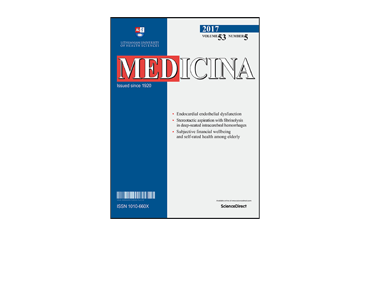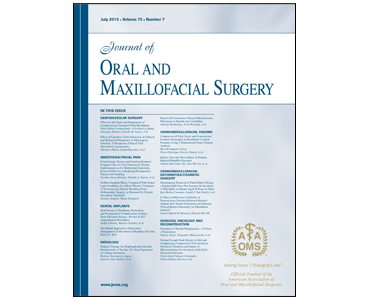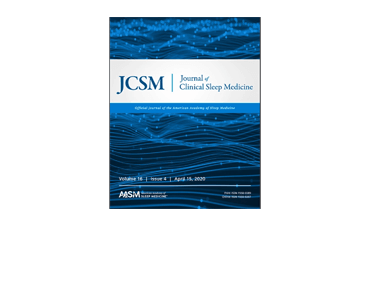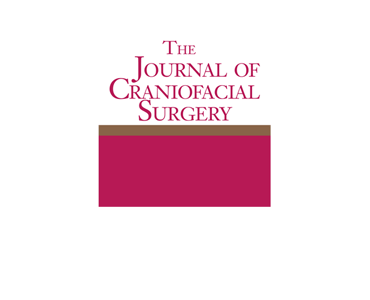Lay People Esthetic Evaluation of Primary Surgical Repair on Three-Dimensional Images of Cleft Lip and Palate Patients. E Staderini, M De Luca, et al.
Date: September 2019. Source: Medicina, 55, 576; doi:10.3390/medicina55090576. Objective: Previous literature has disclosed that facial attractiveness affects the esthetic evaluation of nose and lip deformity on frontal and lateral photographs. However, it has never been debated if the removal of the external facial features on three-dimensional (3D) models (“cropped assessment bias”) could provide a considerable…









